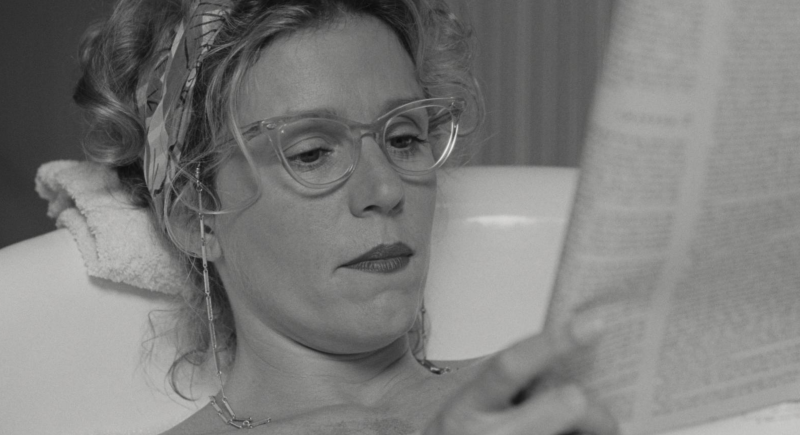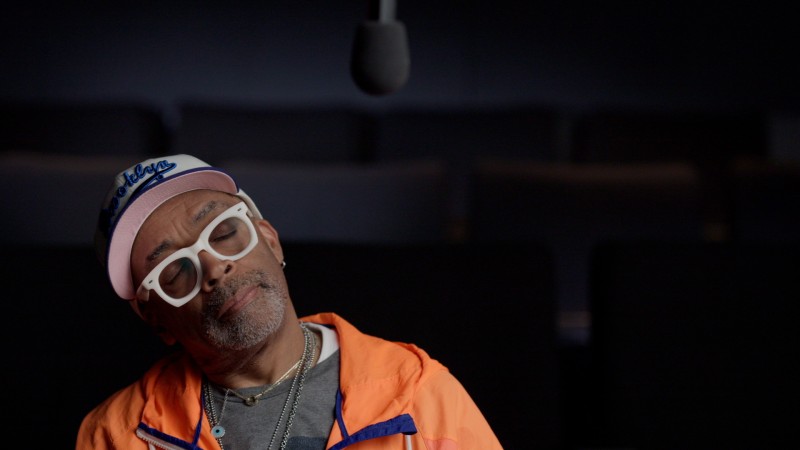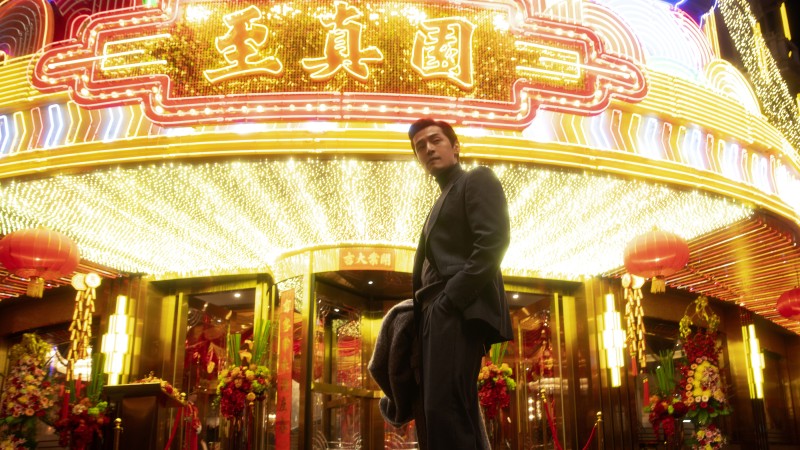The Italian Art of Violence

An ominous figure with an obscured face, clad in a trench coat, fedora, and leather gloves—all black—stalks a young model through a gloomy antique shop packed with statues, lamps, and ornate furniture. Though the store is in near darkness, pink and teal lights flash inexplicably in the background. Dramatically canted camera angles emphasize the model’s growing panic and confusion as she crashes around in the dark, desperate to escape. But the killer sneaks up on her, just as she reaches an exit door, and smashes a cruelly hooked gauntlet from a nearby suit of armor into her face, instantly killing her.
This sequence from Mario Bava’s Blood and Black Lace (1964), generally regarded as the first giallo film, set the template for a type of highly stylized, lavishly decorated murder set piece that would be replicated in hundreds of Italian horror movies to follow throughout the 1970s and early ’80s. Bava established many of the subgenre’s visual and thematic tropes, while helping cement the giallo plot formula as a perverse, violent variation on the classic murder mystery. Though it has become almost shorthand to refer to any stylish thriller as gialloesque, it is a specific subgenre tied to a particular time and place: Italy in the 1960s and especially the seventies, with the most intense period of production between 1970 and 1975. With their virtuosic celebrations of death, these films reflect the air of paranoia and fear haunting a society undergoing dramatic, violent changes.
By the time the giallo emerged, various genre movements had begun to take over the Italian film industry. Though the fifties are best remembered as an art-house golden age in Italian cinema, even then the work of Federico Fellini and Vittorio De Sica coexisted with peplum, a genre of popular, cheaply made sword-and-sandal movies. Bava inaugurated the Italian gothic-horror subgenre in 1960 with Black Sunday, a gorgeously shot, black-and-white tale about a satanic witch executed in seventeenth-century Moldavia who is resurrected two hundred years later to terrorize her young ancestor. Many imitators followed in its wake, and the popularity of these formulaic gothic-horror films eventually gave way to several other subgenre cycles over the next two decades: light-hearted musicarelli, increasingly ribald comedies, spaghetti westerns, and violent procedural crime thrillers known as poliziotteschi.







